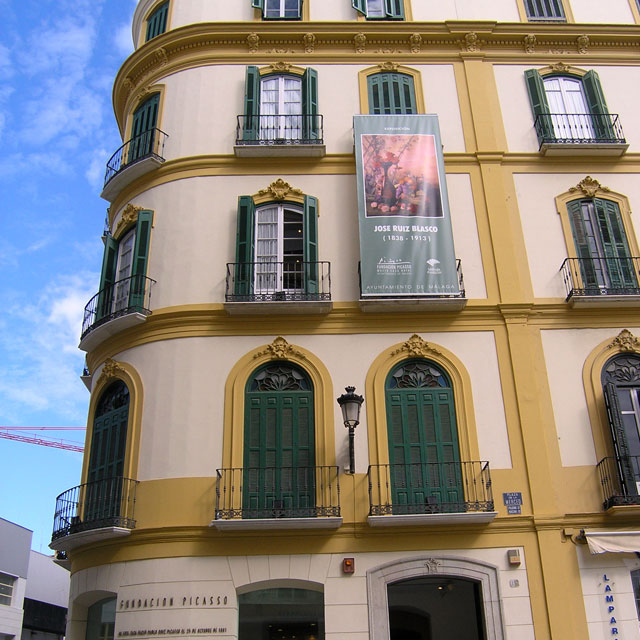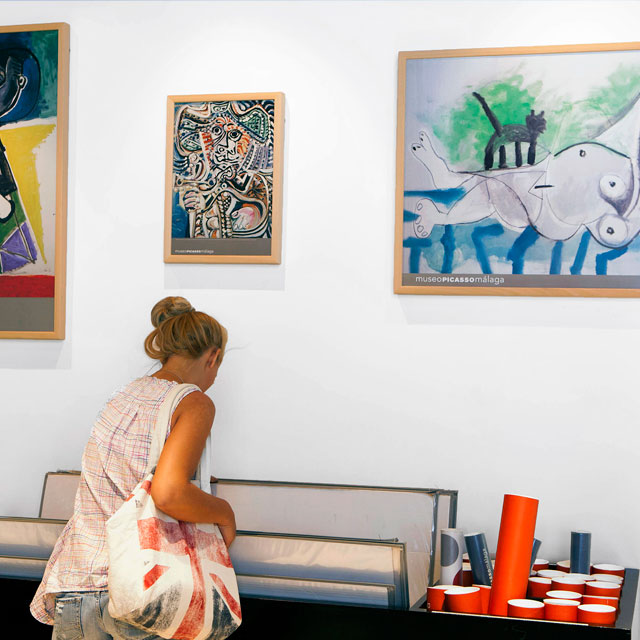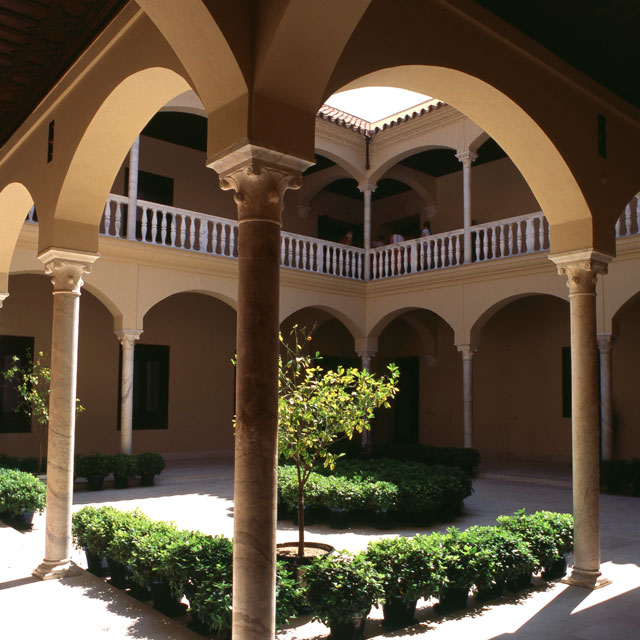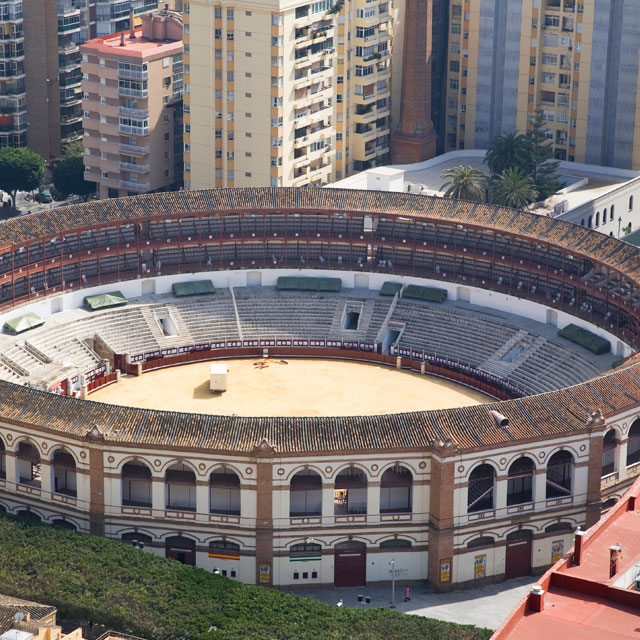Picasso Foundation and Birthplace Museum. We begin our route at number 15, Plaza de la Merced. It is here where the painter was born on 25 October 1881 (although at that time the building bore the number 36). A couple of years later, his family would move to number 17. Today it is the home of the Picasso Foundation-Birthplace Museum, dedicated to the dissemination of his life and works. It houses a valuable collection of art, with pieces by Picasso and other contemporary artists. It also organises a regular programme of temporary exhibitions on the painter and his contemporaries, as well as housing an important specialist document centre.Farmacia Bustamante-former Mamely pharmacy. At the corner of the Plaza de la Merced, on Calle Granada, we find the Farmacia Bustamente, one of the oldest pharmacies in the city. When the establishment was run by Antonio Mamely, the back room became a meeting place where the pharmacist's friends would regularly get together to chat. His friends included the father of Picasso, José Ruiz, who was a painter by profession.











